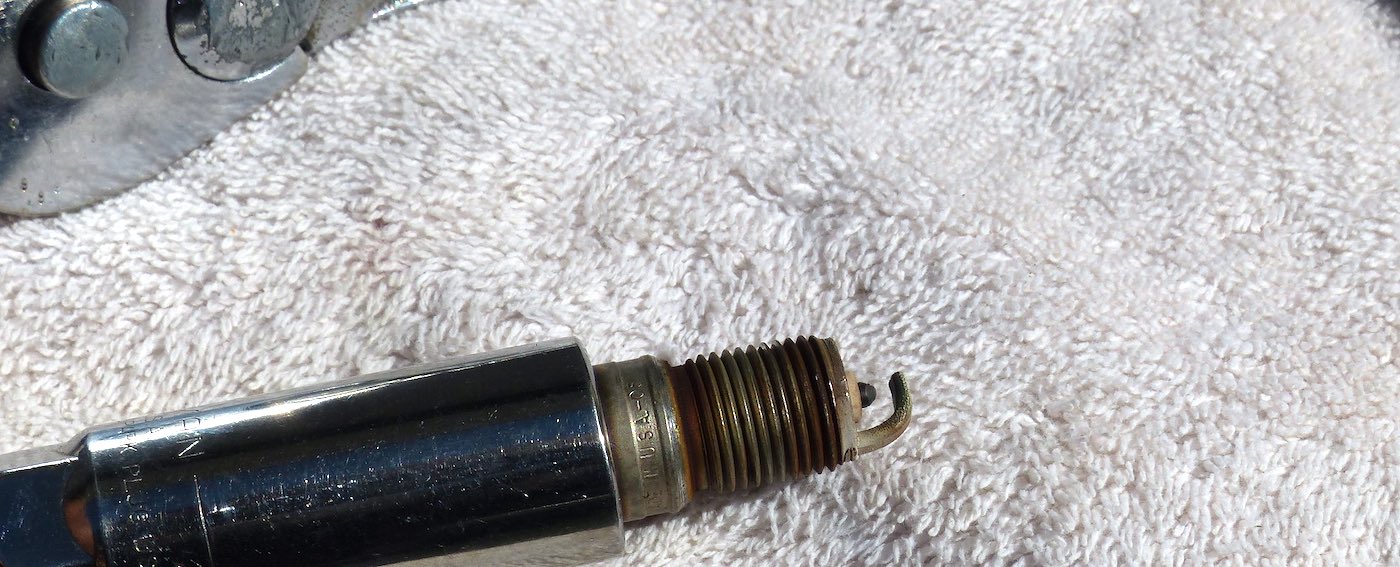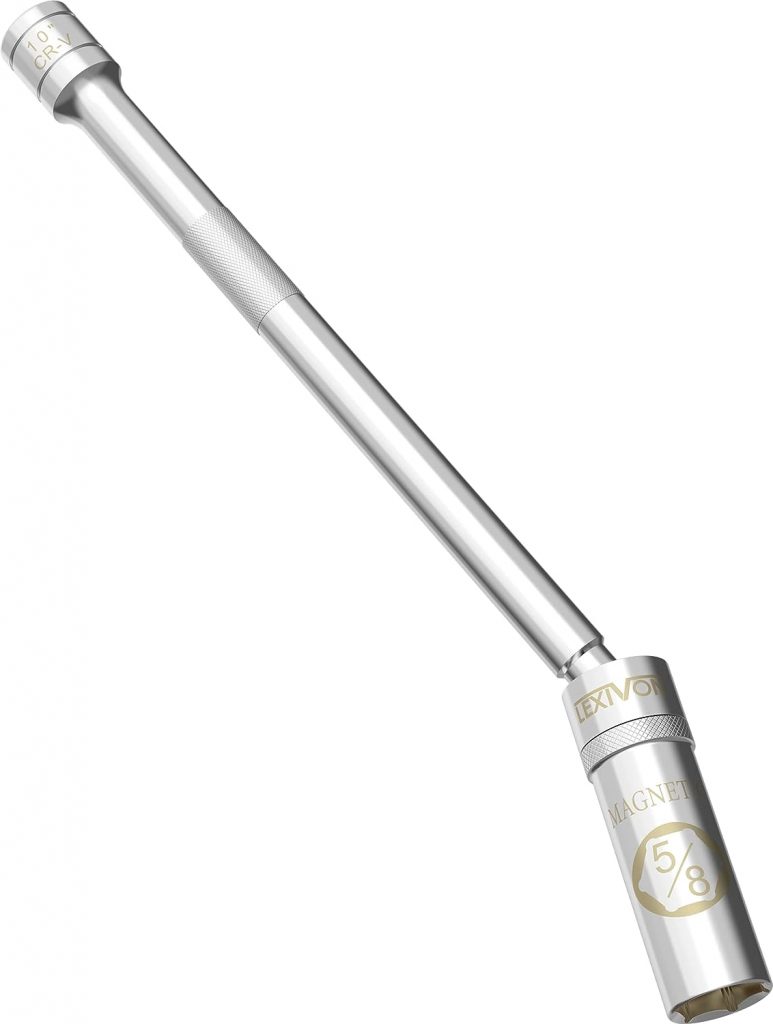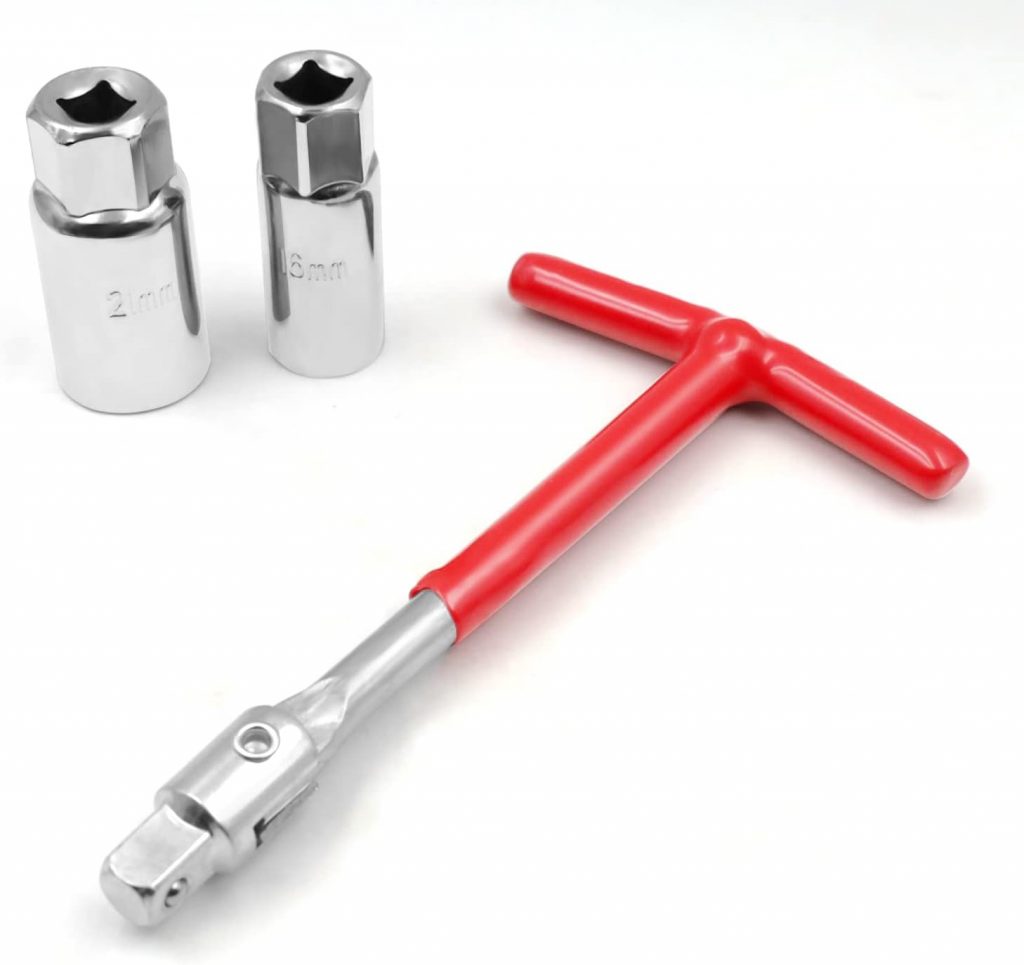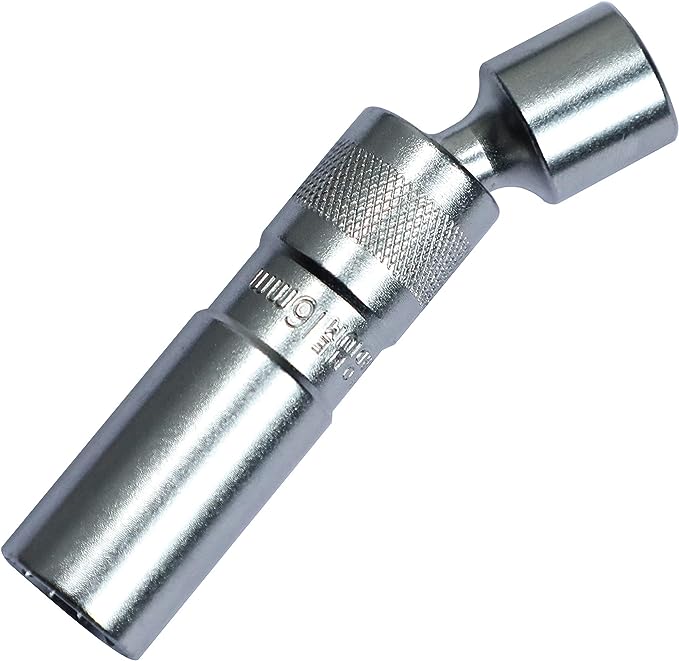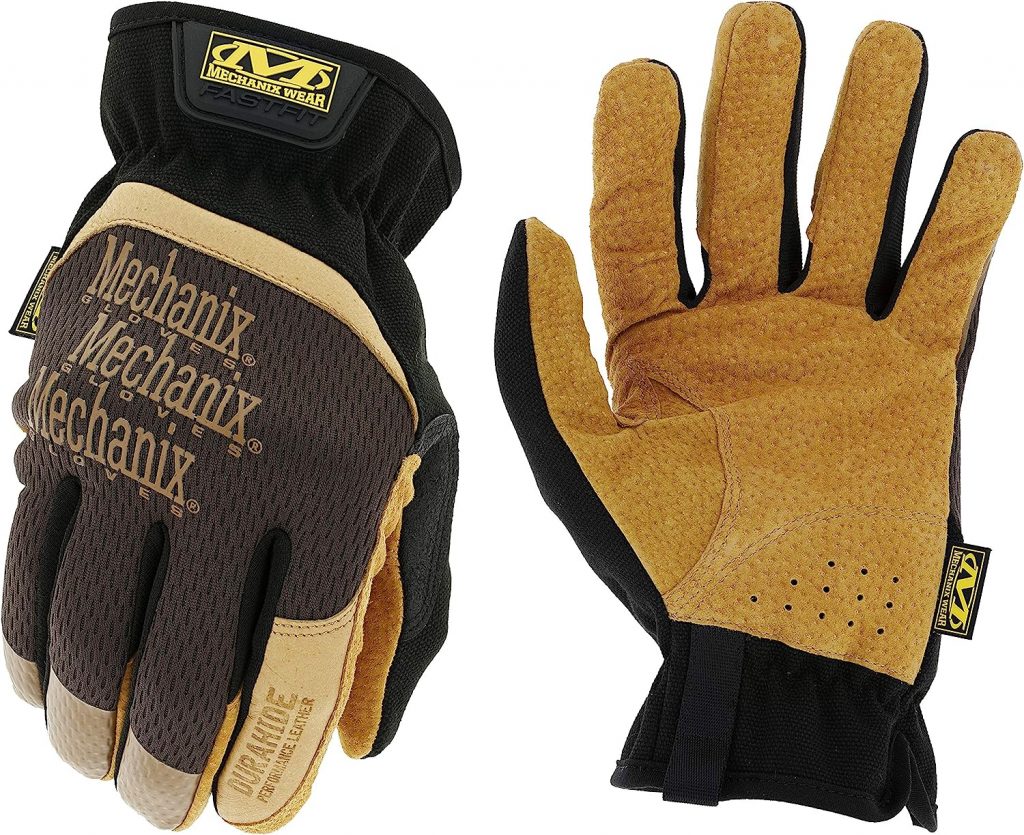Spark plugs are an essential component of your vehicle’s engine. They provide the spark needed to ignite the fuel and air mixture in the cylinders, thereby powering your car.
But spark plugs can be tricky to work with since they are housed deep inside the engine. That’s where spark plug tools come into play. In this guide, we’ll look at how to choose, use, clean, and safely store a spark plug tool.
How to Choose a Spark Plug Tool
There are many different types of spark plug tools available in the market. The most common ones are spark plug sockets, spark plug wrenches, and spark plug pliers.
Spark plug sockets are the most popular choice as they can fit most spark plugs and can be used with a wrench or a ratchet. You should choose a socket with a rubber insert to protect the porcelain insulator of the spark plug from damage.
Spark plug wrenches are specially designed to fit onto spark plugs with limited space around them, whereas spark plug pliers can be used to remove the boot from the spark plug without damaging it.
What Types of Spark Plug Tools Exist?
Spark plug sockets are available in different sizes, and it’s crucial to choose the right size to fit your spark plug. They are typically available in 16mm, 18mm, and 21mm sizes.
Some spark plugs have an unusual size, so it’s essential to read your vehicle owner’s manual beforehand to ensure you have the correct socket size. Spark plug pliers come in different shapes, and while some are straight, others have a 45-degree angle to reach the spark plugs under the hood.
How to Use a Spark Plug Tool
Using a spark plug tool is relatively simple. First, ensure your engine is cool to the touch. Then locate the spark plug that needs replacement, use the proper spark plug tool and remove the spark plug from the cylinder head.
If you need to clean the old spark plug, use a wire brush to remove any debris. Before replacing the spark plug, gap it to the manufacturer’s recommended specification. Finally, use your spark plug tool to tighten the spark plug back into the cylinder head.
How to Clean Spark Plug Tools
After using a spark plug tool, it’s essential to clean it to ensure it works correctly next time. If your tools have dirt, grease, or corrosion, use some brake cleaner spray to thoroughly clean the tool.
Use a wire brush to remove any stubborn dirt, but ensure not to damage the tool’s surface coating.
Once the tool is clean, use a clean cloth to wipe it down and ensure it’s dry before storing it.
What is Spark Plug Tool Safety?
When working with spark plugs, it’s essential to follow the manufacturer’s instructions for the spark plug tool carefully. Always wear safety glasses and gloves.
Do not force a spark plug socket onto a spark plug as you might damage the porcelain insulator. Always remove the spark plug cable before removing the spark plug to avoid any shock. Never work on the engine under the hood while it’s running.
How Should You Store a Spark Plug Tool?
Once you finish working with your spark plug tools, it’s crucial to store them safely to protect them from the elements and damage. Clean your spark plug tools thoroughly, and then store them in a clean dry place. You can use a tool chest or cabinet to store your spark plug tool securely.
Buying a tool chest with locking drawers is essential if you have kids in the house. Ensure that your tools are kept free from moisture, dirt, and corrosion to ensure they last long.
Choosing the Right Spark Plug Tool is the First Step
In conclusion, having a good spark plug tool is necessary for anyone who wants to work on their vehicle’s engine. Choosing the right spark plug tool is the first step. Make sure you consider the type of spark plug socket, wrench, or pliers you need and the correct socket size.
Once you have your tool, use it correctly, clean it regularly and store it safely. Following these steps will ensure that you have your spark plug tool in good working order and be able to work on your car’s engine with ease.

